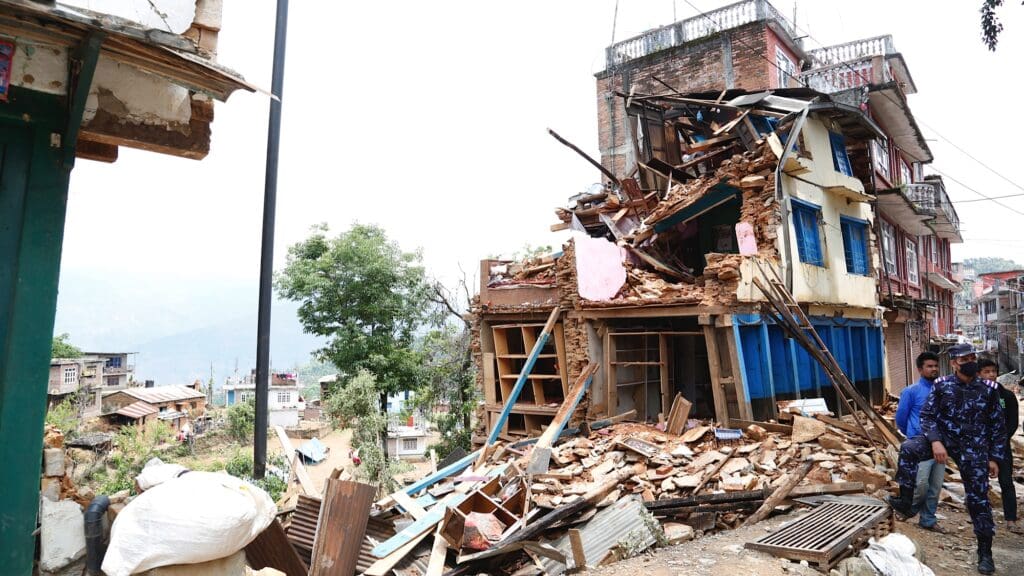A NASA prototype device that uses microwave-radar to detect heartbeats saved four people buried under rubble for days after a 7.8 earthquake shook Nepal.
The four men were found when the device detected two heartbeats in two different collapsed structures in the village of Chautar, 25 miles (40 KM) northeast of the capitol, Kathmandu. One of the survivor was buried under ten feet of debris.
The device was made in conjunction with the Department of Homeland Security Science and Technology Directorate and NASA’s Jet Propulsion Lab. Two prototype devices – called FINDER (Finding Individuals for Disaster and Emergency Response) – was sent to Nepal after the earthquake to assist in search and rescue operations.
Per the press release:
“The true test of any technology is how well it works in a real-life operational setting,” said DHS Under Secretary for Science and Technology Dr. Reginald Brothers. “Of course, no one wants disasters to occur, but tools like this are designed to help when our worst nightmares do happen. I am proud that we were able to provide the tools to help rescue these four men.”
FINDER has previously demonstrated capabilities of detect people buried under up to 30 feet of rubble, hidden behind 20 feet of solid concrete, and from a distant of 100 feet in open spaces. A new “locator” feature has since been added to not only provide search and rescue responders with confirmation of a heartbeat, but also the approximate location of trapped individuals within about five feet, depending on the type of rubble.
“NASA technology plays many roles: driving exploration, protecting the lives of our astronauts and improving–even saving–the lives of people on Earth,” said Dr. David Miller, NASA’s chief technologist at NASA Headquarters in Washington. “FINDER exemplifies how technology designed for space exploration has profound impacts to life on Earth.”
The previous way of looking for survivors is with specially-train dogs that can detect survivors buried under debris. The problem with using dogs is that you may get false-positives, which means rescue teams have to lower a high-gain microphones into the rubble and listen for sounds. It also means getting people to stay quiet and not move, shutting down equipment including generators and lights.
The process above is time-consuming, especially if you think you found a survivor and it turns out to be rubble shifting. In a disaster, time is not on survivors’ side.
NASA sounds very confident this device is ready for the real world. It’s unclear on the price but it should be cheaper than training multiple dogs as those can cost several tens of thousands of dollars.
